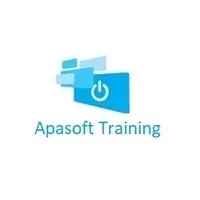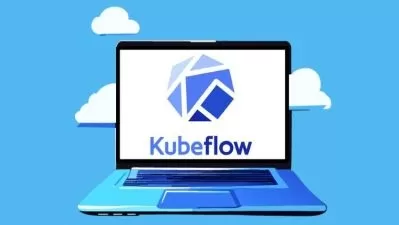Openshift 4 from scratch
Apasoft Training
11:05:51
Description
Learn how to deploy applications and manage all components of a Kubernetes cluster with Red Hat Openshift 4
What You'll Learn?
- Learn to deploy applications on Red Hat Openshift 4
- Fully upgraded to the latest versions
- Working with the components and resources of a Red Hat OpenShift cluster
- Using the WEB console to deploy and work with your applications
- Learn how to create and launch PODs and containers within OpenShift
- Learn how to create and work with Deployments
- Create and use services and routes
- Learn how to work with DeploymentConfig, BuildConfig, Routes and other Openshift resources.
- You will learn how to use the OC tool to work with the cluster.
- Learn how to manage images with ImageStreams
- Learn how to use S2I (Source to Image) to create applications from source code automatically.
Who is this for?
What You Need to Know?
More details
DescriptionHello welcome!!!
If you are reading this, it means that you are interested in learning about this fascinating technology, which is also one of the most in-demand at a work and professional level, especially in devops and application deployment environments.
If you want to get a good professional profile to offer companies, this is your course
During this course you will learn how to manage and manage a Red Hat Openshift 4 cluster, based on Kubernetes. You will manage all the components that make it up and will be able to deploy container-based applications.
You will even create a real cluster, through virtual machines, so that you can work as if it were a production environment.
There are 11 hours of videos, practices and diverse examples, which will allow you to get to know this fascinating technology in a simple and evolutionary way.
The basic points that we will see in the training are:
Architecture and components
Facility
PODs and other Kubernetes-based components
Deployments
DeploymentConfigs and replication controllers
BuildConfigs
ImageStreams
Automated application construction and deployment with S2I (Source to Image)
Routes
Storage
Map Settings
Secrets
Variables
Operators
And other equally interesting concepts
If you have any questions or concerns, please contact me. I will be happy to assist you.
I hope to see you soon and that you enjoy the course
Sergio from Apasoft Training
Who this course is for:
- Devops professionals who need to work on Red Hat OpenShift
- Docker and kubernetes environment professionals who want to learn about Red Hat OpenShit
- Any professional who wants to launch their professional and professional career working with Red Hat Openshift
Hello welcome!!!
If you are reading this, it means that you are interested in learning about this fascinating technology, which is also one of the most in-demand at a work and professional level, especially in devops and application deployment environments.
If you want to get a good professional profile to offer companies, this is your course
During this course you will learn how to manage and manage a Red Hat Openshift 4 cluster, based on Kubernetes. You will manage all the components that make it up and will be able to deploy container-based applications.
You will even create a real cluster, through virtual machines, so that you can work as if it were a production environment.
There are 11 hours of videos, practices and diverse examples, which will allow you to get to know this fascinating technology in a simple and evolutionary way.
The basic points that we will see in the training are:
Architecture and components
Facility
PODs and other Kubernetes-based components
Deployments
DeploymentConfigs and replication controllers
BuildConfigs
ImageStreams
Automated application construction and deployment with S2I (Source to Image)
Routes
Storage
Map Settings
Secrets
Variables
Operators
And other equally interesting concepts
If you have any questions or concerns, please contact me. I will be happy to assist you.
I hope to see you soon and that you enjoy the course
Sergio from Apasoft Training
Who this course is for:
- Devops professionals who need to work on Red Hat OpenShift
- Docker and kubernetes environment professionals who want to learn about Red Hat OpenShit
- Any professional who wants to launch their professional and professional career working with Red Hat Openshift
User Reviews
Rating
Apasoft Training
Instructor's Courses
Udemy
View courses Udemy- language english
- Training sessions 118
- duration 11:05:51
- Release Date 2024/07/22










